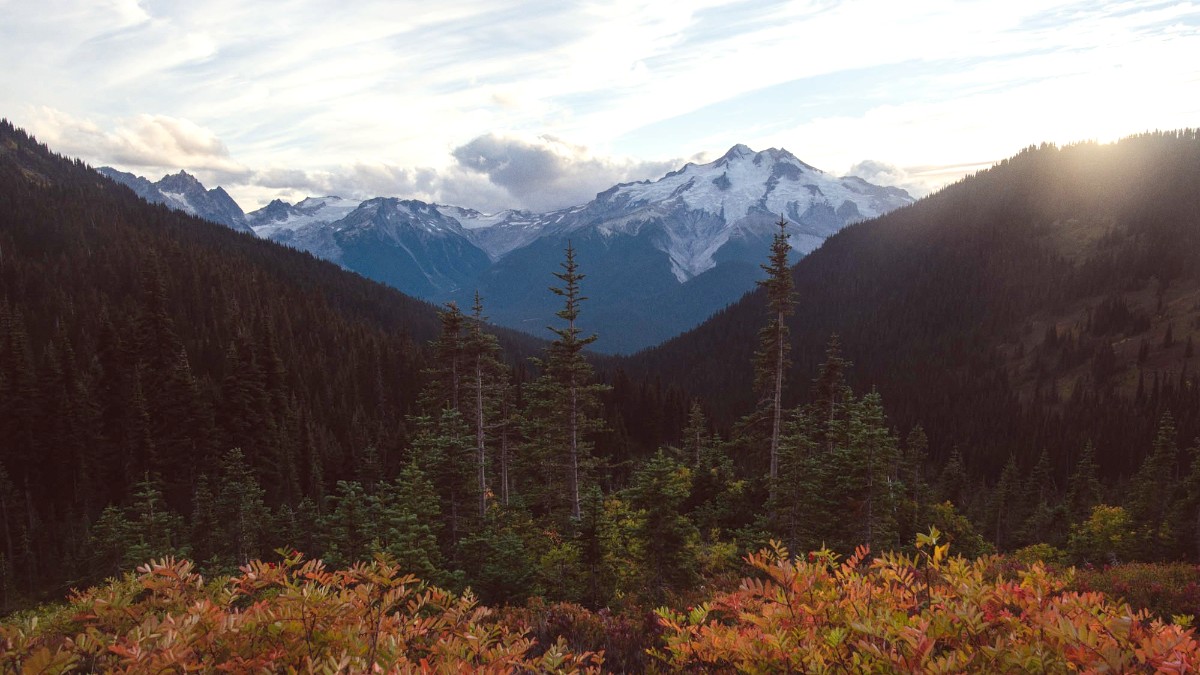
Seattle (King County Metro, Sound Transit): The Link Light Rail connects Seattle-Tacoma International Airport (Sea-Tac) to downtown Seattle, Capitol Hill, the University of Washington, and Northgate. It presents an expanding network, offering a quick and reliable connection through the city's core. King County Metro Buses provide an extensive network serving most neighborhoods. The Seattle Streetcar operates two lines (South Lake Union and First Hill), connecting specific neighborhoods for local circulation.
Portland (TriMet): Portland boasts an extensive MAX Light Rail network with five lines (Blue, Red, Green, Yellow, Orange). It connects downtown Portland to the airport, various suburbs, and surrounding areas. The Portland Streetcar operates loop lines connecting downtown, the Pearl District, and other central neighborhoods, ideal for exploring the urban core. TriMet Buses complement the light rail and streetcar systems with a comprehensive network.
Seattle: Sound Transit & King County Metro websites; Hubs: Westlake Station, International District/Chinatown. Portland: TriMet website; Hubs: Pioneer Courthouse Square, Rose Quarter.
Generally, light rail and major bus routes operate from early morning (4:30-5:00 AM) until late evening/midnight (12:00-1:00 AM). Reduced service on weekends.
Download city-specific transit apps (Transit, Moovit) for real-time tracking. Purchase ORCA (Seattle) or Hop Fastpass (Portland) for convenience and value.
Metered fares, hail on street in downtowns or book via phone/app.
Vary by city/distance. Credit cards generally accepted; confirm with driver.
Uber and Lyft are widely available in major urban areas. Book via smartphone app.
Verify driver/vehicle match app details. Use designated pick-up zones at airports.
Various rental options exist for independent exploration and specialized activities.
Available in Seattle and Portland. Offer convenient sightseeing with commentary. Hop-on-Hop-off services provide flexibility.
Seattle: King County Water Taxi (downtown to West Seattle). Argosy Cruises for harbor tours. Portland: Portland Spirit for river cruises.
Portland Aerial Tram: Connects South Waterfront to Marquam Hill, offering panoramic city views. Functions as a commuter link and tourist attraction.
Major public transit systems (Sound Transit in Seattle, TriMet in Portland) offer paratransit services for individuals with disabilities who cannot use regular fixed-route services. These services typically call for advance registration and booking.
Specific accessible taxis are also available in larger cities. Check individual transit agency websites or local city resources for detailed information on accessible travel options.